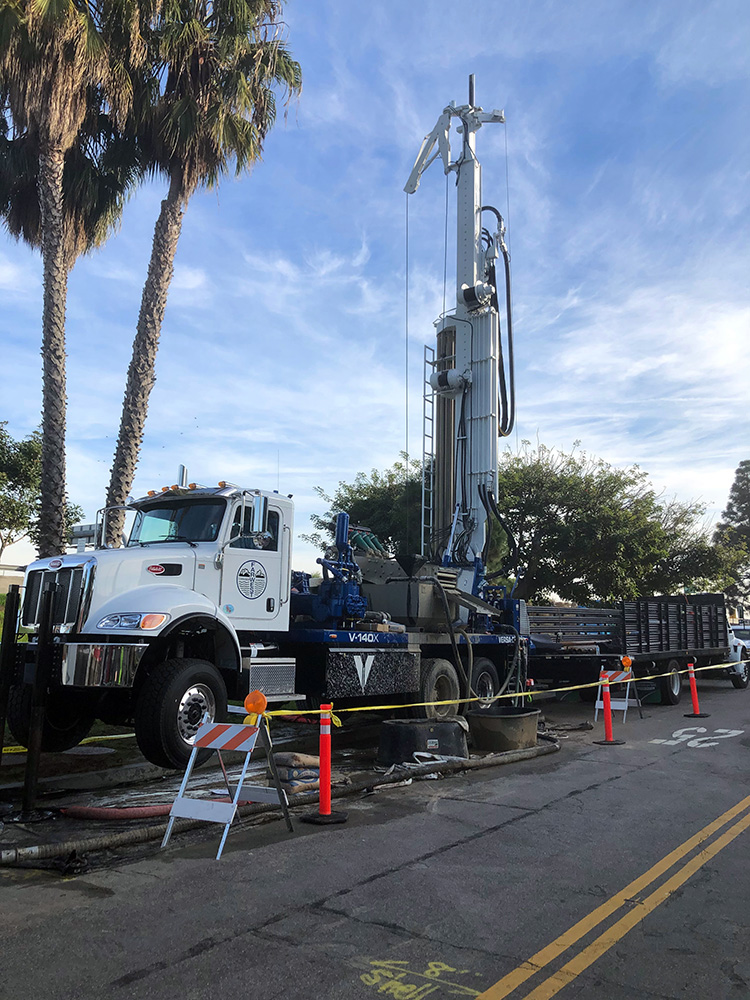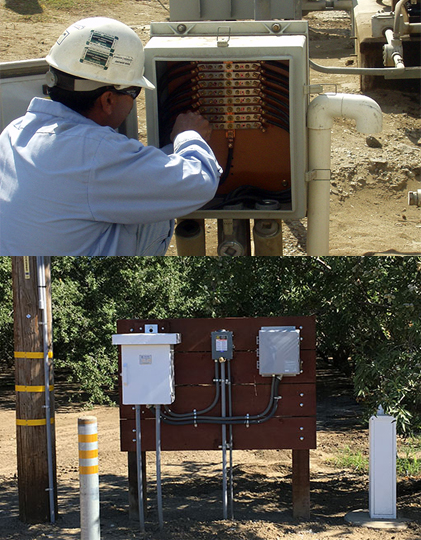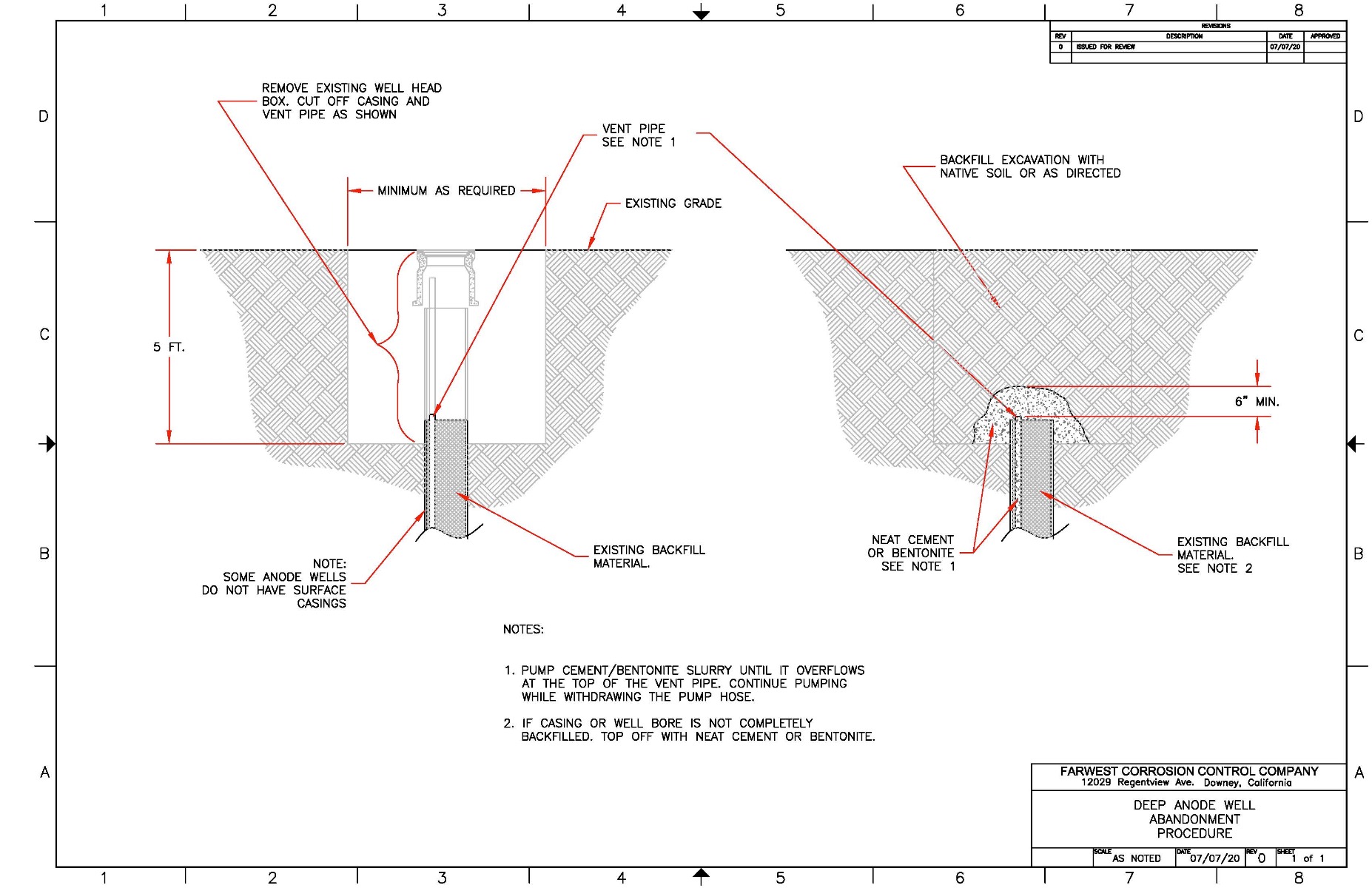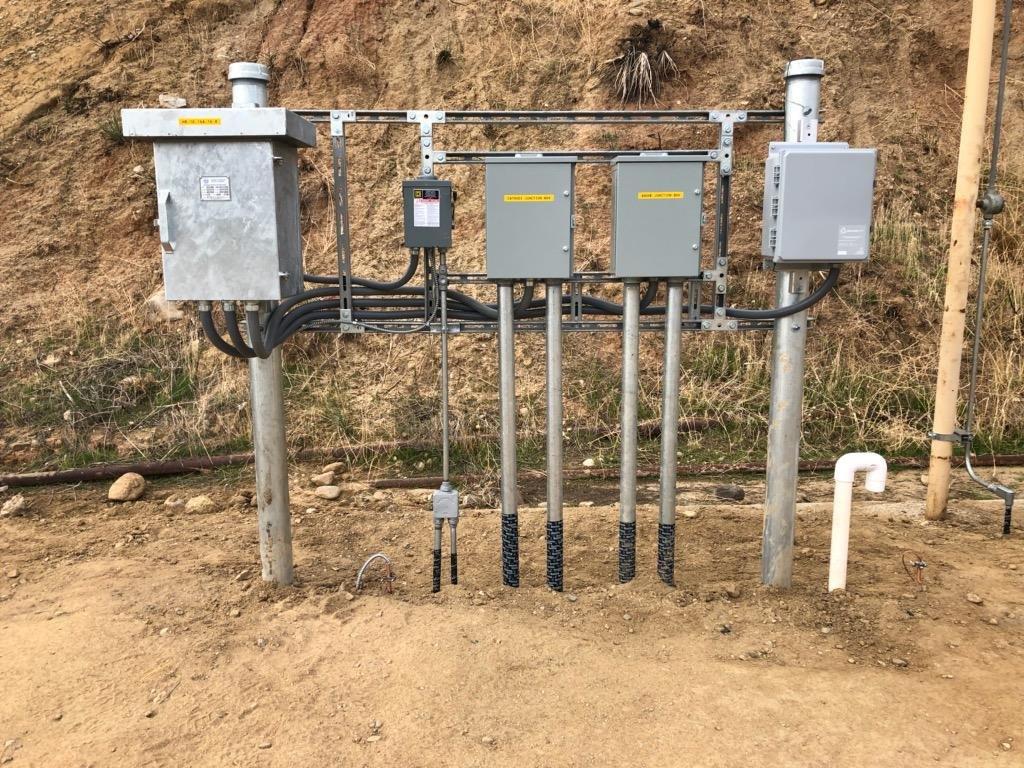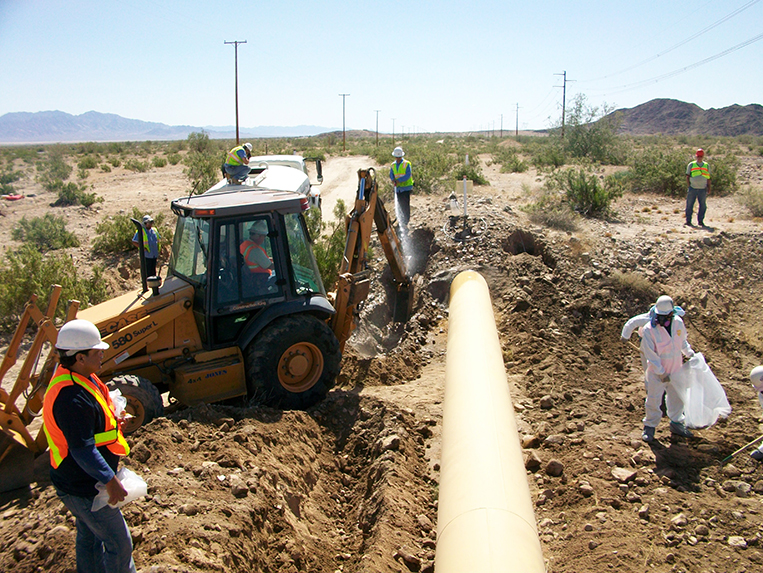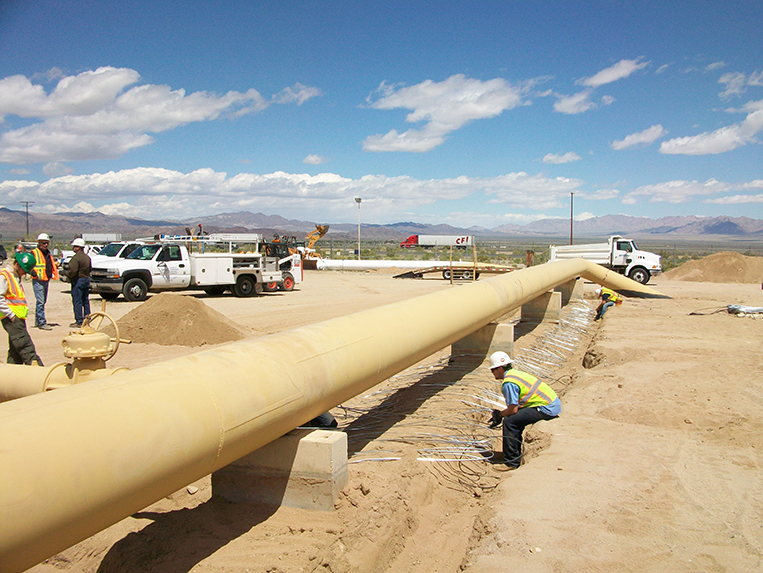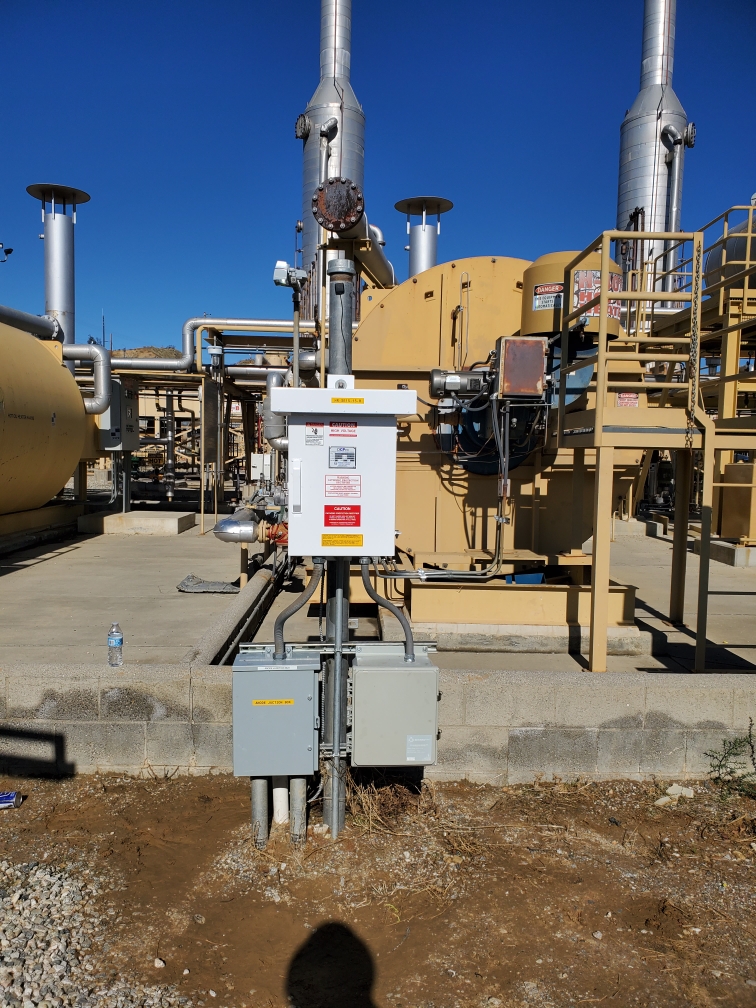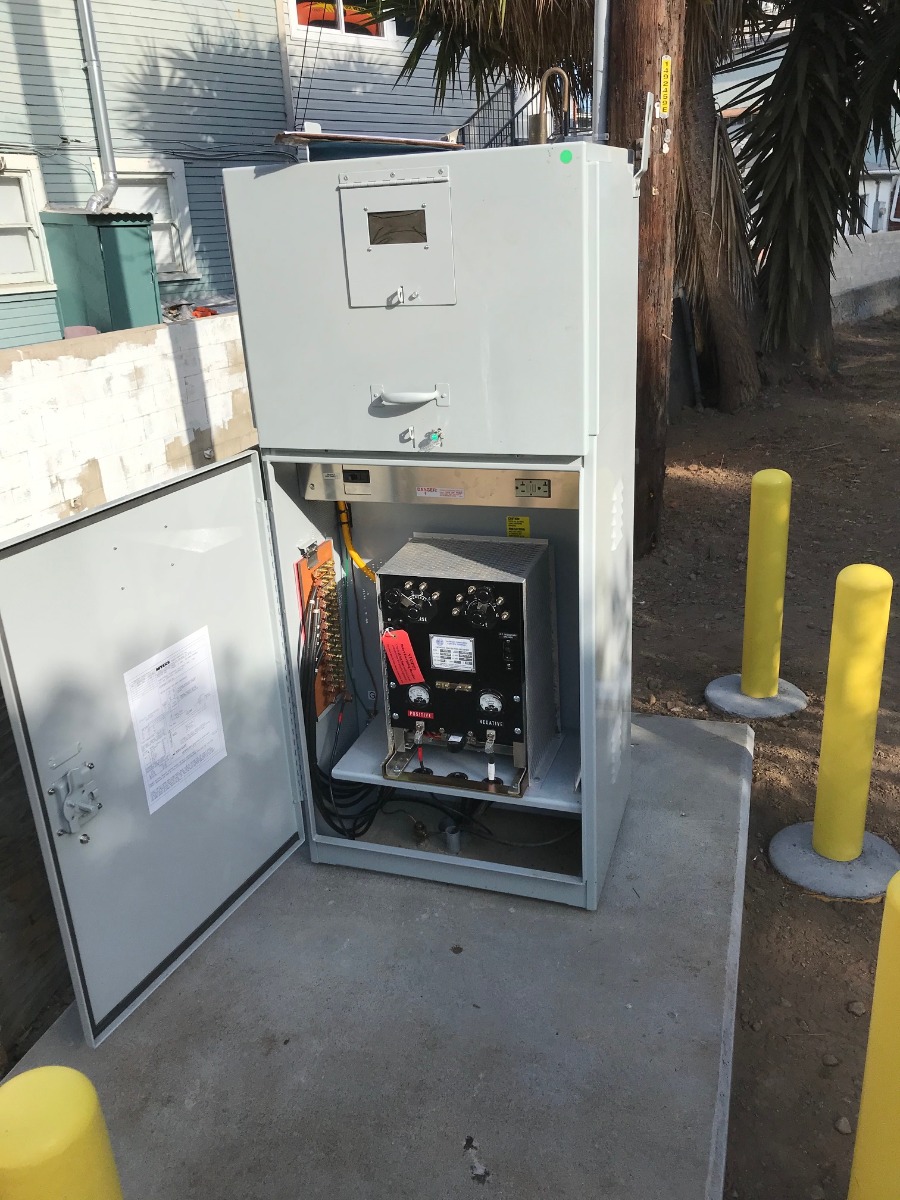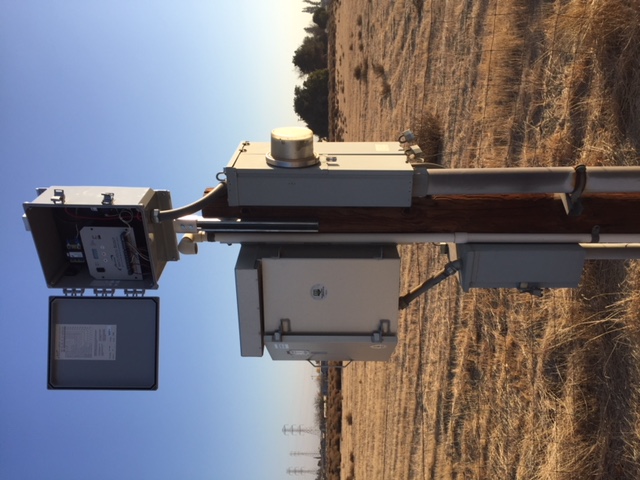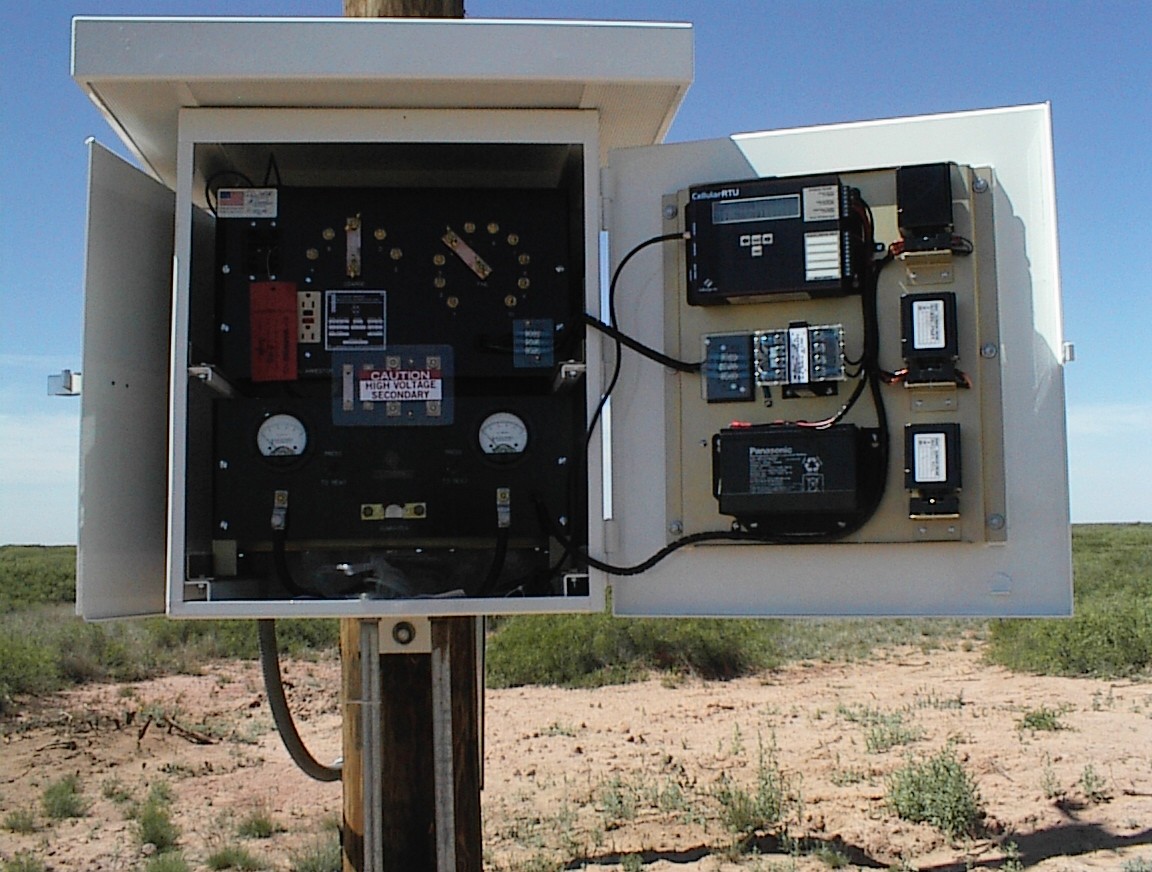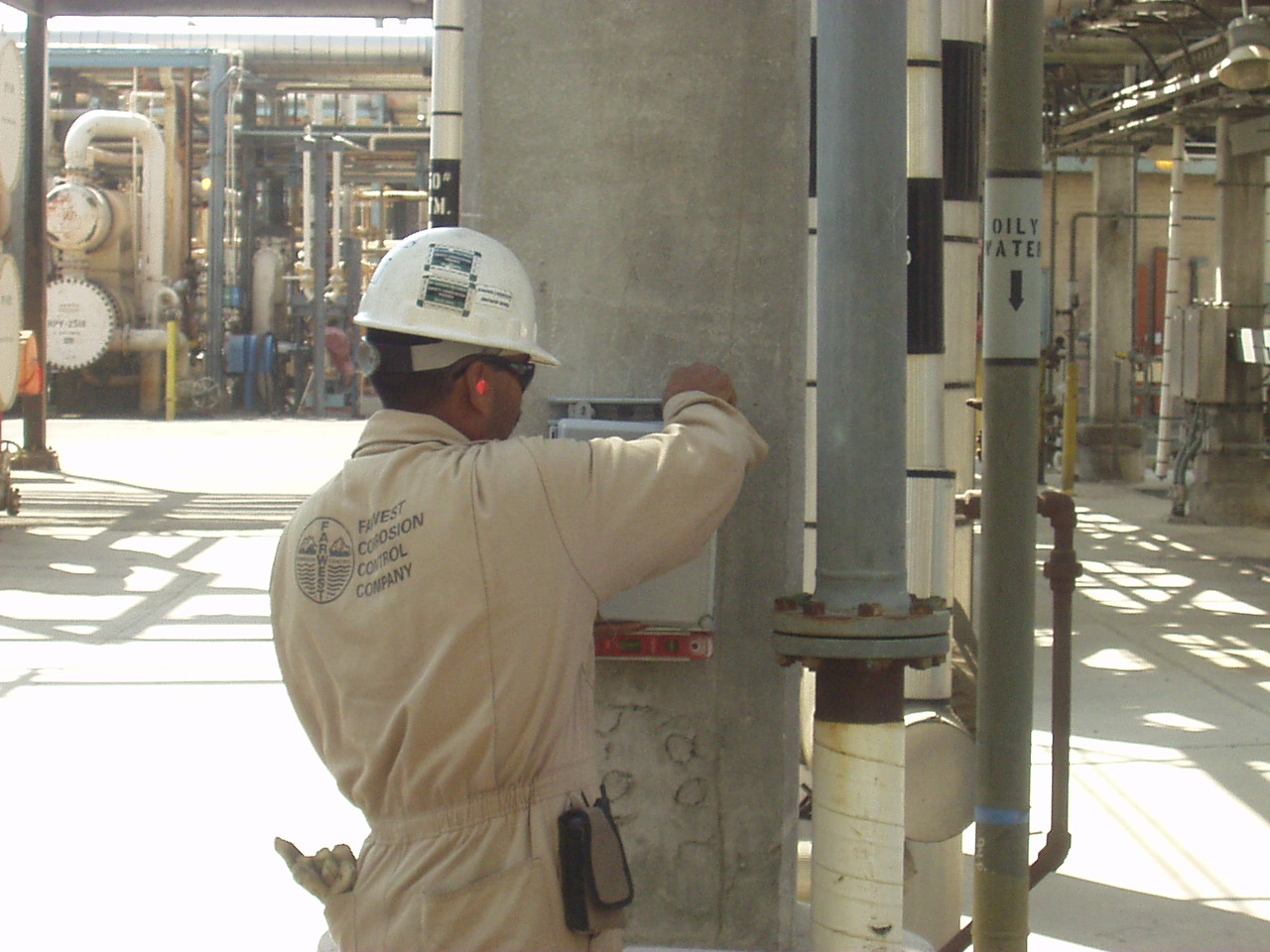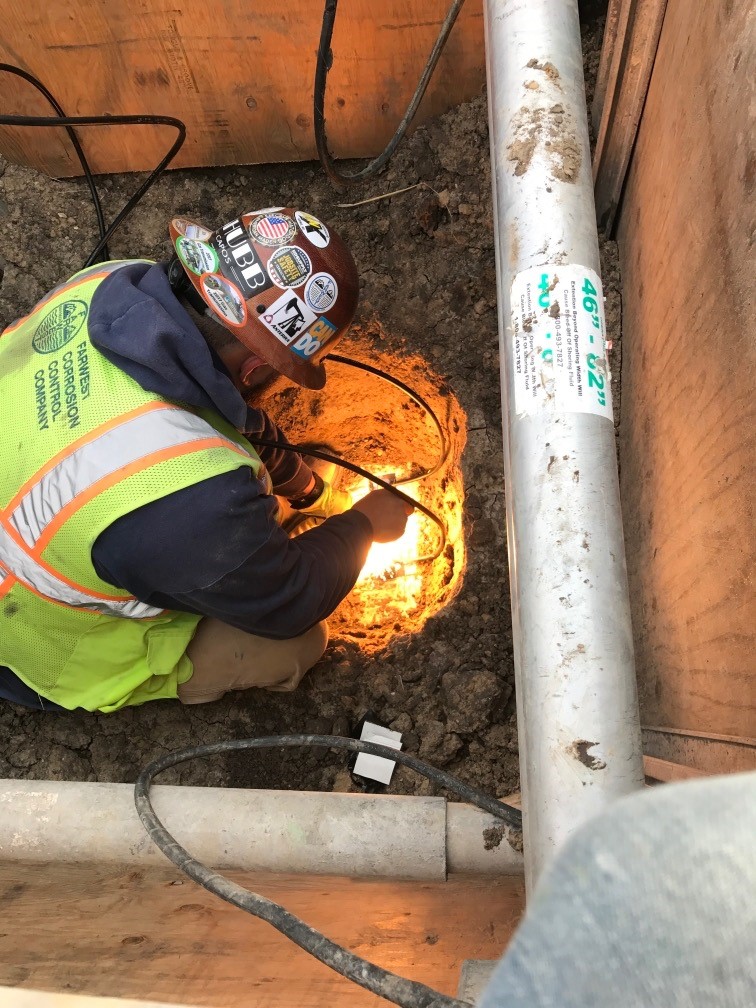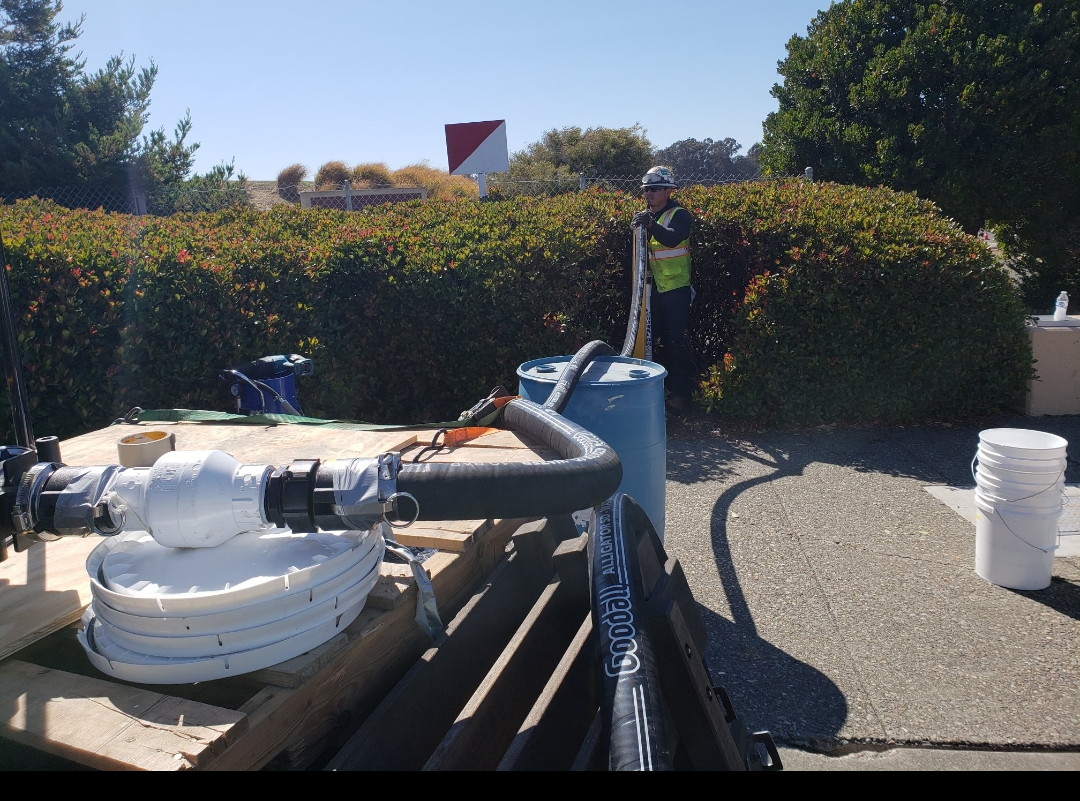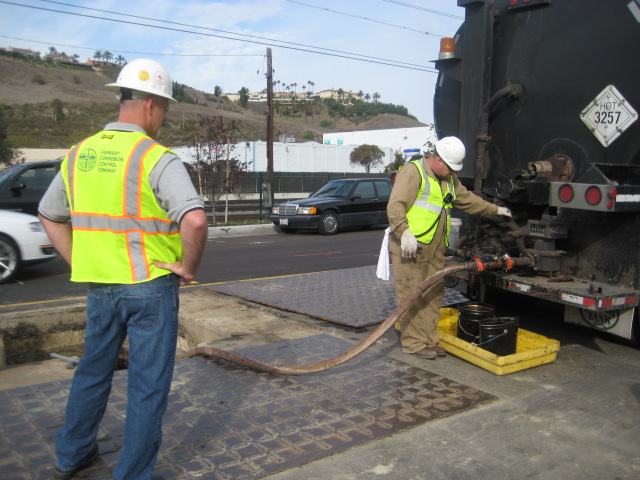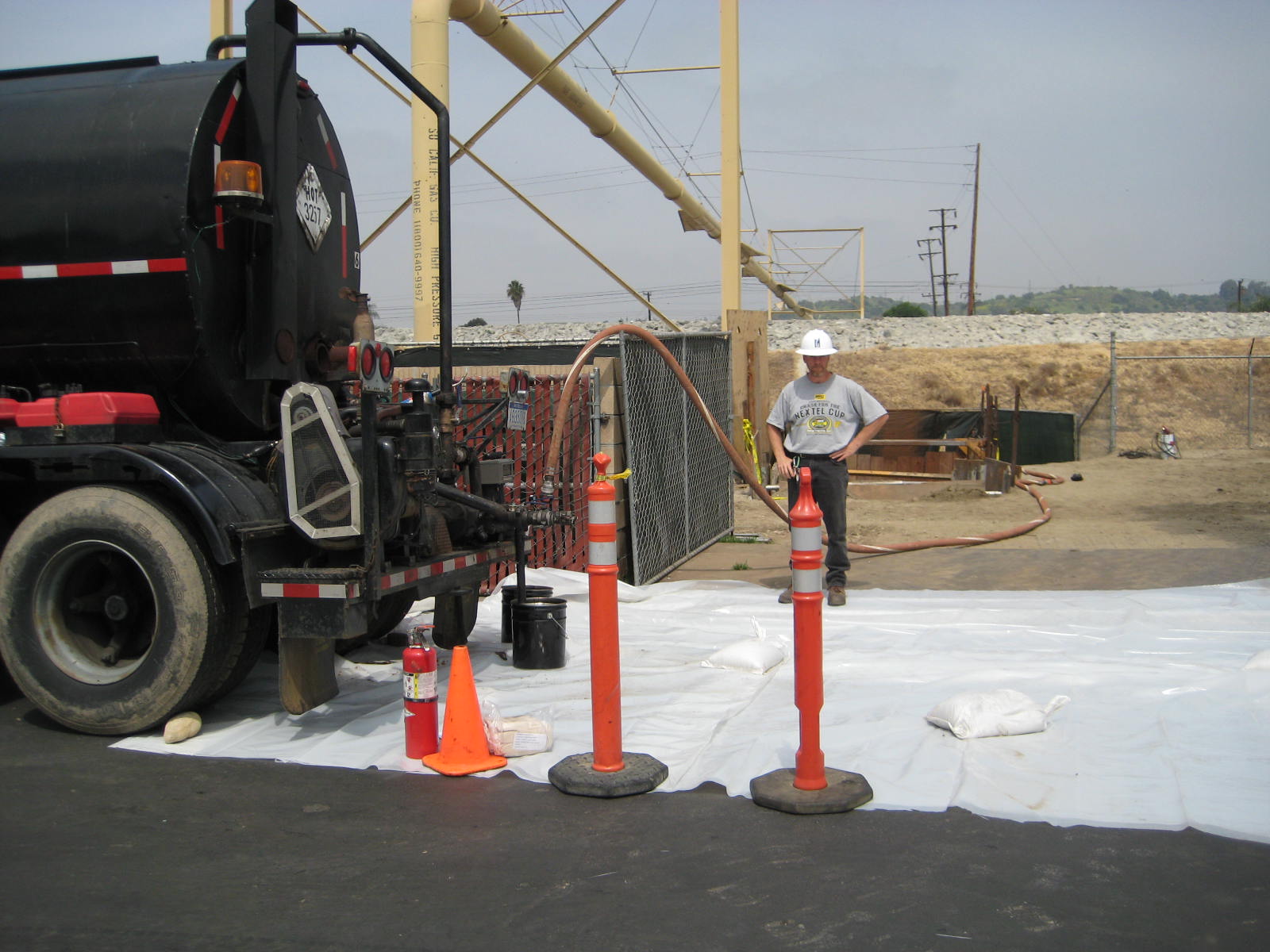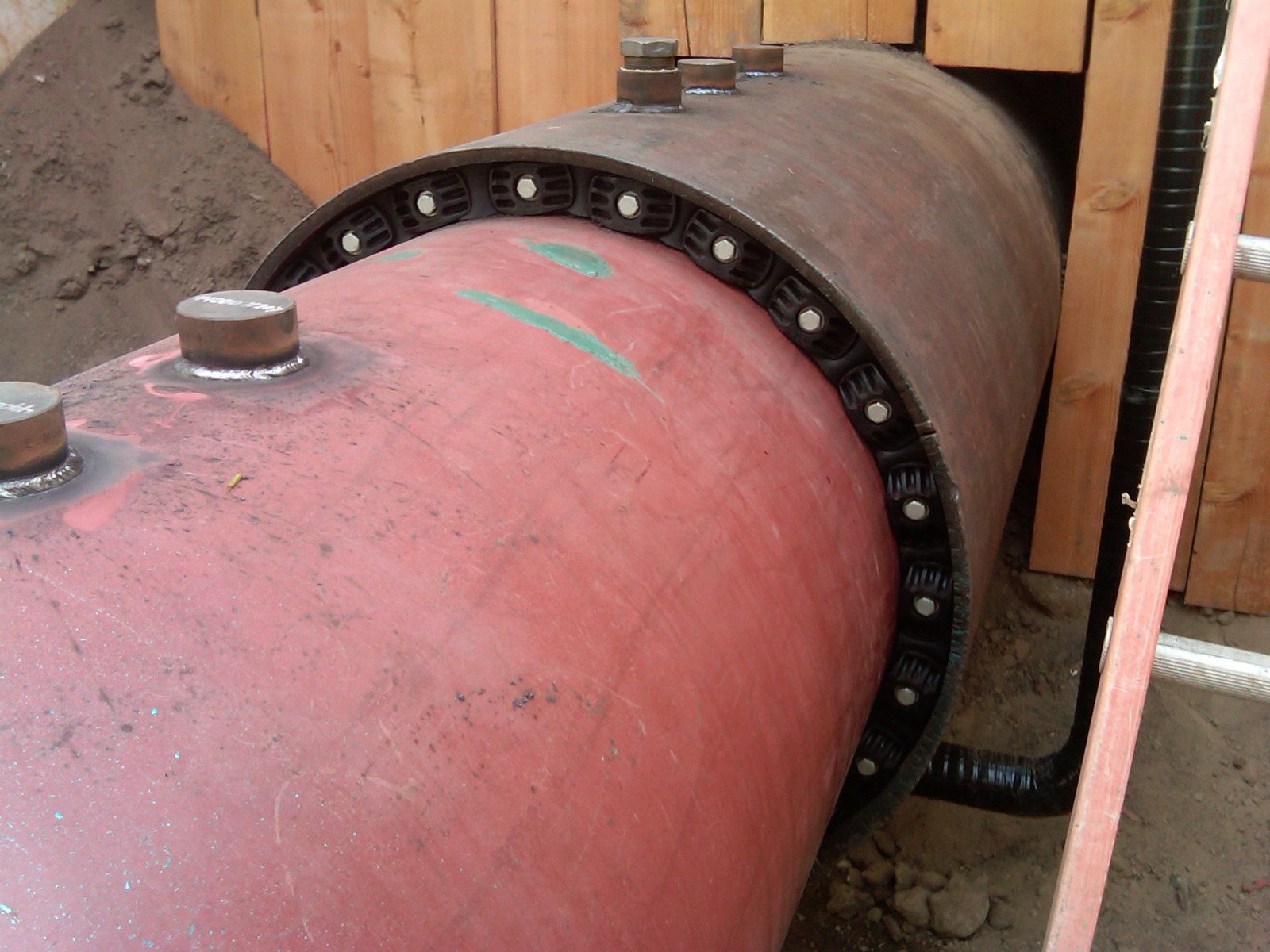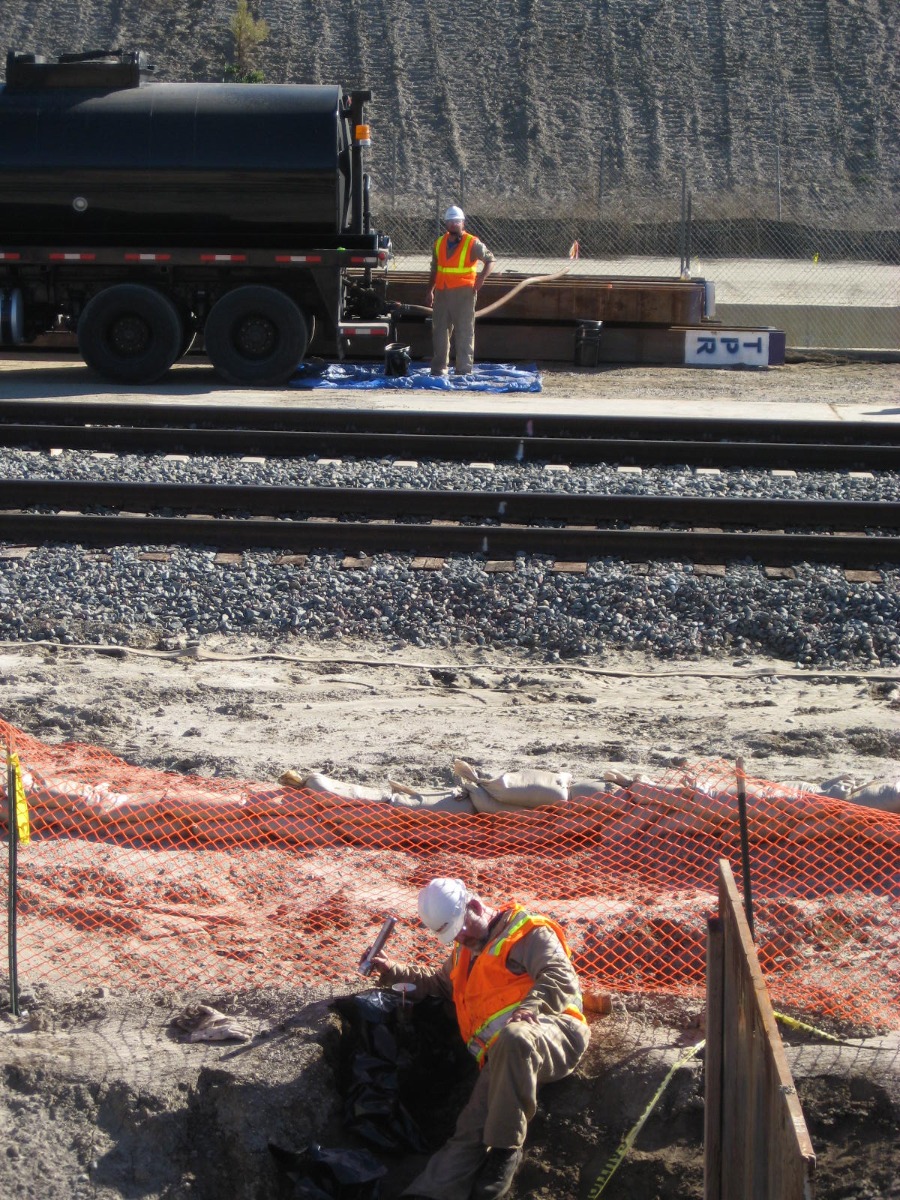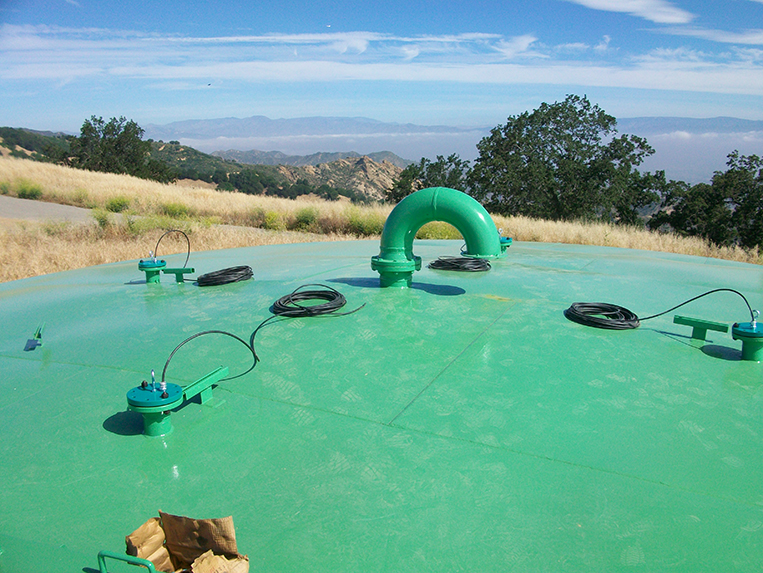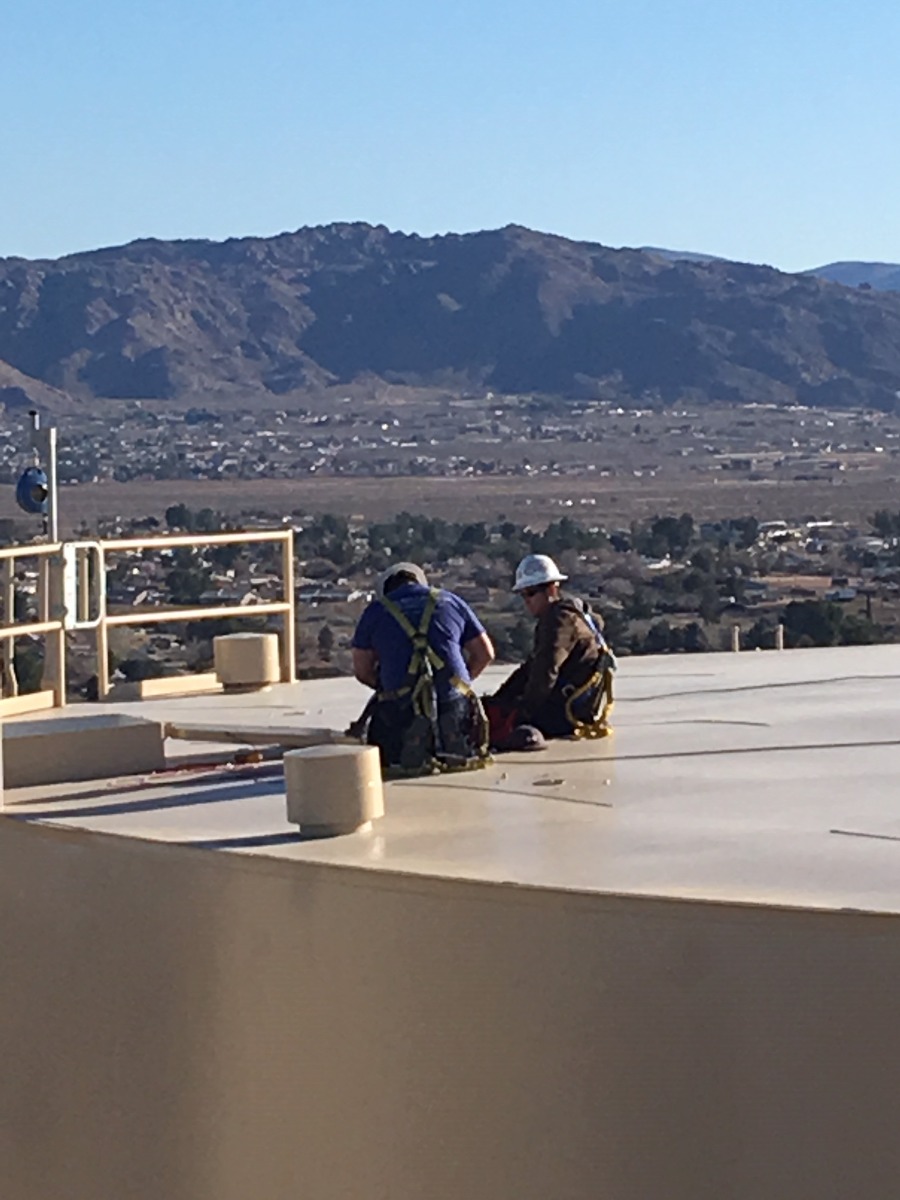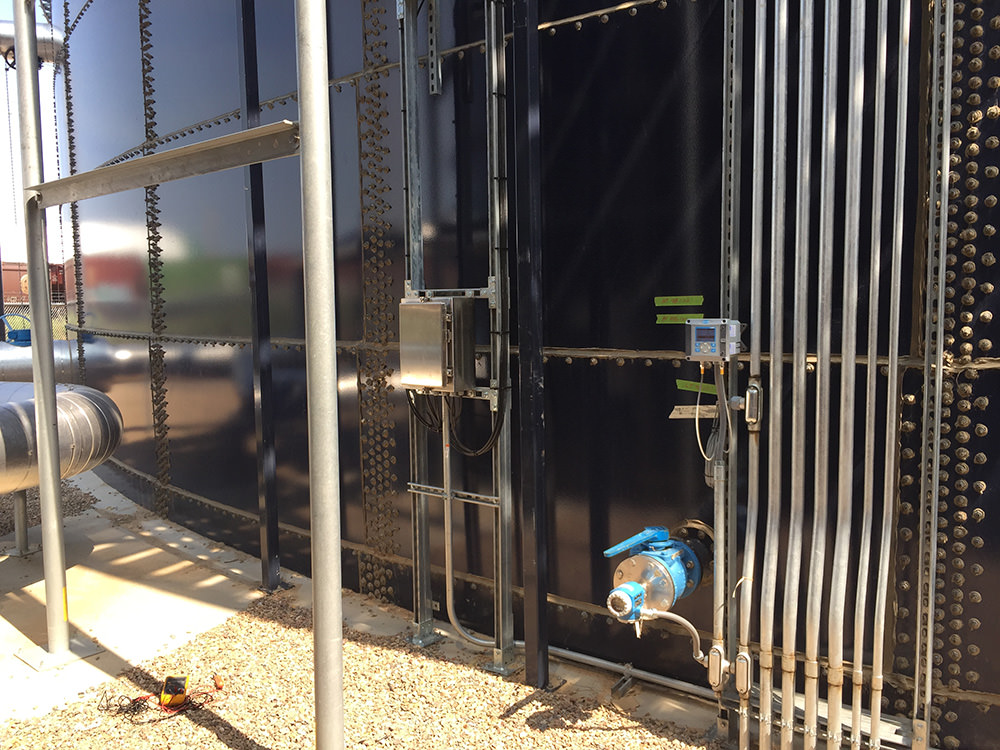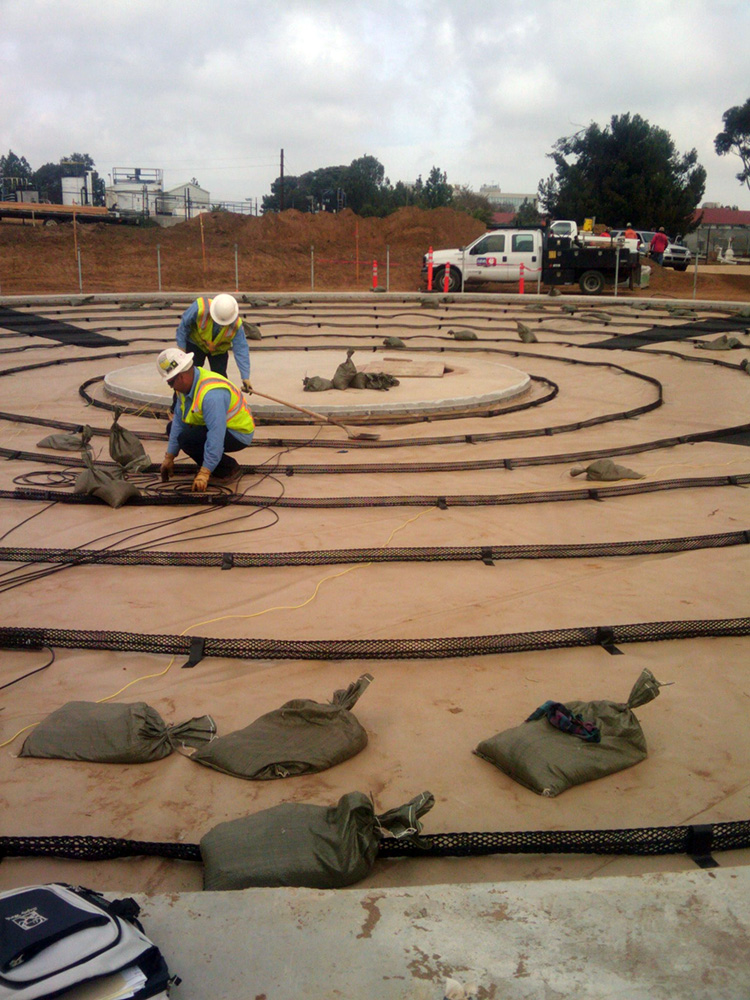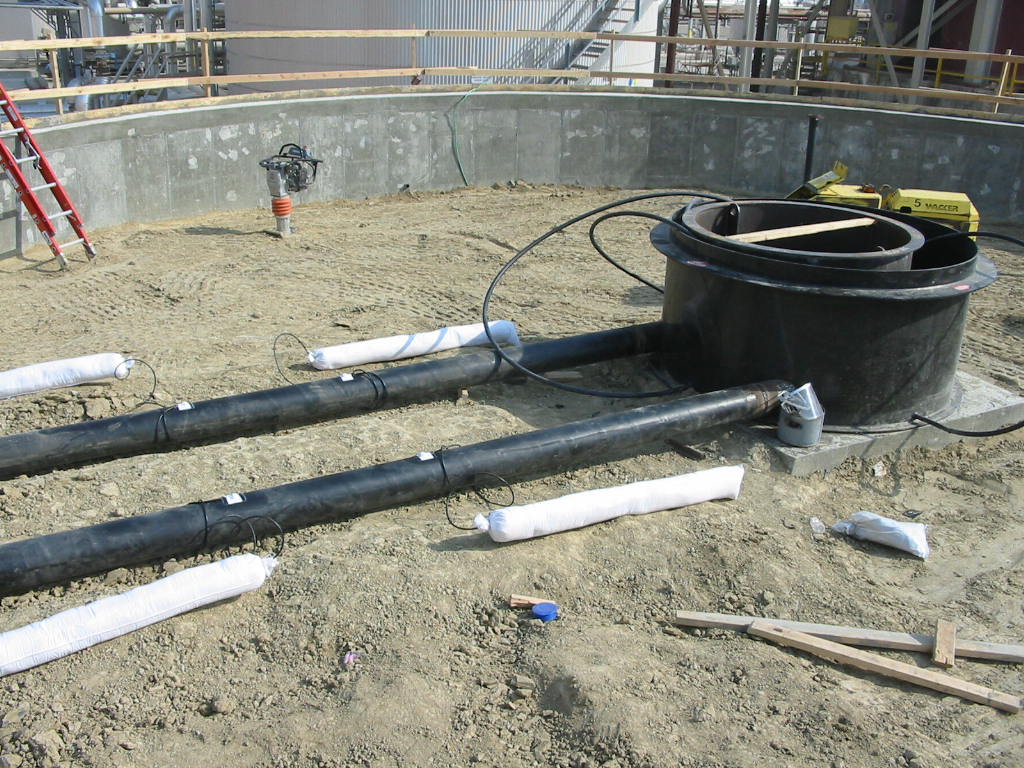INSTALLATION SERVICES
C.P. Installation

RIGHT SOLUTIONS
Our depth of product offerings, coupled with in-house engineering and technical services capabilities, gives the Farwest Corrosion installation team the unique ability to offer true turn-key services. Beginning with our Planning Department, we assist customers with coordinating power providers, working with City and County agencies, procuring permits, providing plans, drawings and other associated project documentation. We own and operate our own drilling and excavation equipment and have strong relationships with our industry vendors and subcontractors to ensure that we can manage any project needs.
Farwest Corrosion holds licenses and registrations in California, Washington, Oregon, Arizona, New Mexico, Utah, Texas, Louisiana, Mississippi, and Nebraska.
RIGHT PEOPLE
Our personnel have extensive experience with the installation, troubleshooting, and repair of a wide variety of cathodic protection systems types. These range from deep anode and conventional ground beds to tank systems and AC mitigation. Specializing in both urban and rural environments, whatever the requirement, we have the knowledge and training to meet your needs. Our superintendents and installers have vast field experience in the electrical, civil, and general construction trades, as well as, backgrounds as licensed contractors and pipeline operators.
Our installation personnel are Operator Qualified through Veriforce, OQSG, NCCER and we are a member of ISNetworld. We are Competent Person trained and have a comprehensive OSHA based safety program.
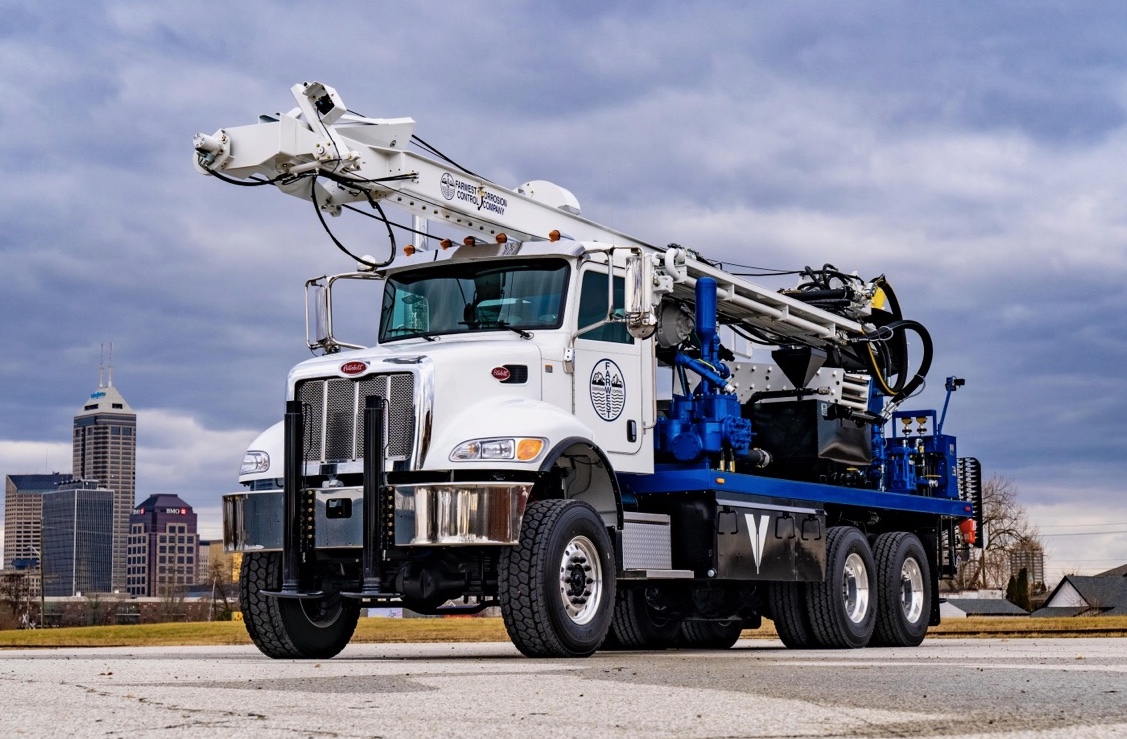
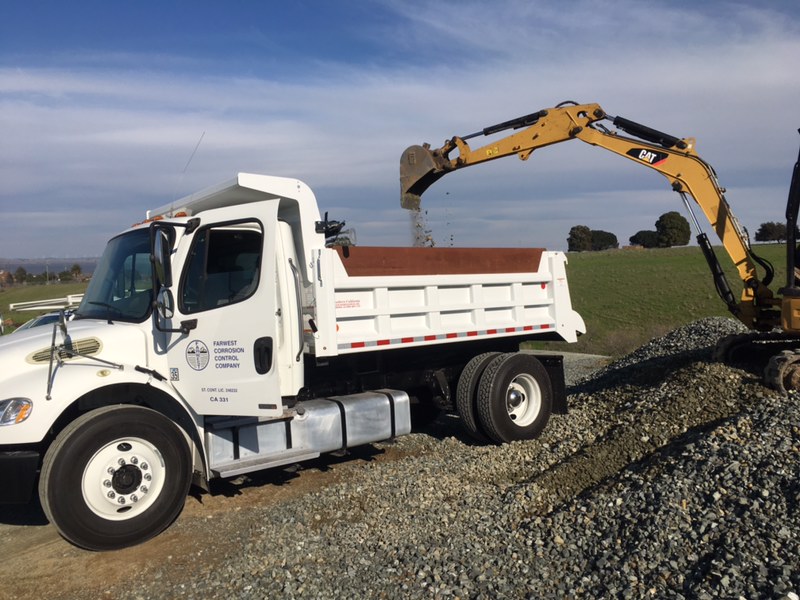
Cathodic Protection Project Types

